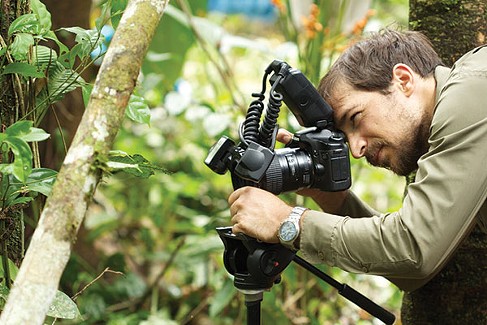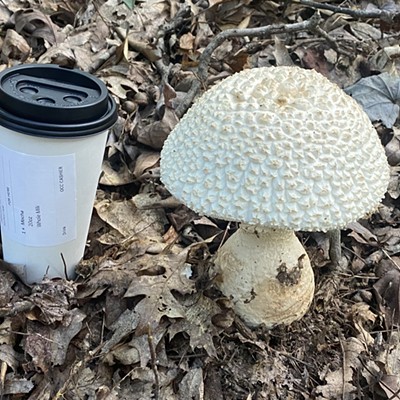In January, Carnegie Museum of Natural History chief herpetologist José Padial and his research team will venture into a remote, mountainous region of Peru, becoming the first outsiders there in more than half a century and the first scientists ever. If past expeditions are any guide, Padial will almost certainly return home having discovered several new species of lizard or amphibian; his 2014 trip to Peru, after all, found at least five.
But such trips are about more than adding to the Carnegie’s massive, century-plus-old collection of more than 200,000 lizard and amphibian specimens. That’s because museums aren’t just educational facilities, and their research isn’t purely academic. They also play a growing role in conserving threatened wildlife around the world.
Padial, 38, was born in Spain. He studied at New York’s American Museum of Natural History before coming to the Carnegie three years ago. He’s a slight, quiet man who speaks passionately about protecting the creatures he’s spent his life studying. “Amphibians are going extinct very quicky,” Padial notes. The world has about 7,000 known species of amphibian, and experts say that at least one-third of them are threatened with extinction. According to the International Union for the Conservation of Nature, some 170 amphibian species have disappeared in just the past two decades, and 43 percent of remaining species face declining numbers.

That’s a crisis for biodiversity, and the Latin American rainforest might be the most biodiverse ecosystem on earth. The single biggest threat to wild amphibian populations, experts agree, is habitat loss, typically caused by such human activities as logging, ranching, mining and farming, both legal and illegal. But museum research can help. Discoveries in the field, of new species or especially high biodiversity, are leverage to protect biologically rich areas.
For instance, the Field Museum, in Chicago, says its biodiversity program has led to the discovery of more than 150 species and contributed to government protection of some 23.5 million acres of forest in Peru, Bolivia and Ecuador. The program also promotes cultural diversity and the quality of life of local people in such regions, which is also threatened by activities like logging, mining and even road-building. And it helps control the trade in wildlife.
On their expeditions to Peru, Padial and his team of Latin American biologists and park rangers have discovered 10 new species — frogs, mostly — and nearly doubled the number of species known to inhabit the region. Padial says such information is “very important” for the continued protection of areas like Alto Purús National Park. The site of their 2014 trip is a rainforested area the size of Belgium that is threatened by illegal mining and a proposed road. Their research could also help the Cordillera Bilcambamba, the Andean “lost world” they’ll study next month, looking specifically for the impact of climate change. (The trip is supported by the Carnegie Discoverers, a volunteer funders’ group.)
Padial and the Carnegie are keen to share this work with the public. “The Scientist’s Search,” filmmaker Maira Duarte’s engaging 23-minute documentary about the 2014 expedition’s methods and challenges, screens six times weekly at the museum; daily, a 10-minute version supplements “Expedition Peru,” a fast-paced, interactive presentation that lets kids play rainforest researchers. At a recent presentation, Padial and other Carnegie staffers charmed a group of third-graders from the Environmental Charter School; Padial gave half his talk wearing on his shoulder a two-foot-long iguana named Chiquita.
While the DNA of new plant and animal species might provide us with things like new medicines, Padial seems genuinely puzzled that people aren’t more concerned about saving known (and still-unknown) organisms for their own sake. But preserving biodiversity has other practical implications. For instance, Padial points out that while amphibians have been around millions of years longer than humans, that hasn’t protected them from the chytrid fungus that in recent years has devastated Latin America’s frogs (and even driven some extinct, at least in the wild). As the environment changes, humans — fellow vertebrates — are also susceptible to new and newly potent pathogens. If frogs are disappearing, Padial says, “That’s a bad sign” — for us, too.













